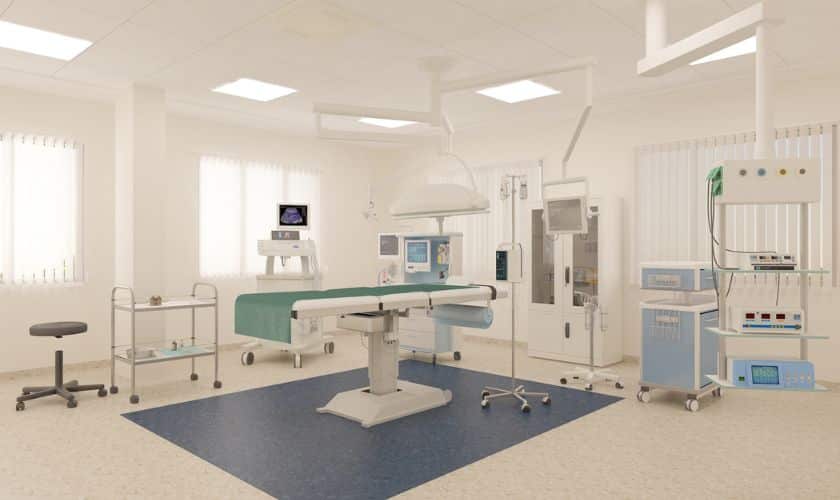
Interior Design Guidelines for Medical Offices: Do’s and Don’ts
The interior design of a medical office is an important element in providing patients with a comfortable and inviting atmosphere. Medical offices must follow the necessary guidelines for interior design to ensure the safety and comfort of their patients. This blog post will look at some of the do’s and don’ts of interior design for medical offices.
Do’s
When designing a medical office, certain elements should be considered. It is important to create an environment that is both soothing and calming for patients. This can be accomplished by incorporating subtle colors, natural light, comfortable furniture, and artwork into the space. Additionally, it is important to make sure that all surfaces are easy to clean and maintain in order to ensure proper sanitation.
Another important element of interior design for medical offices is accessibility. All areas of the office must be easily accessible to both staff members and patients alike. This includes making sure there are no obstacles or barriers the way that may hinder access or cause injury.
Finally, it is essential to create a space that encourages communication between staff members and patients. This can be done by providing ample seating areas where people can comfortably converse during appointments or check-ups. Additionally, providing visual cues such as posters or other artwork may help encourage conversation as well as provide a distraction from any uncomfortable procedures or treatments being performed in the space.
Don’ts
When designing a medical office, certain elements should be avoided at all costs. First, it is important not to over-clutter the space with too much furniture or decorations as this can make the room feel cramped or crowded which can be intimidating to some patients. Additionally, it is important not to use overly bright colors or harsh lighting as this could create an unpleasant experience for those entering the room. Furthermore, it is also important not to incorporate loud music or other distracting noises into the space as these can be overwhelming for some people who may already feel anxious about visiting a medical office setting in general.
Conclusion
In conclusion, when designing a medical office it is essential to keep in mind certain guidelines to create an inviting and calming atmosphere for both staff members and patients alike. By following these simple dos and don’ts of interior design for medical offices you will be able to create a welcoming environment where everyone feels safe and comfortable during their visit!
Essential elements in interior designing a medical office include creating functional and comfortable spaces, utilizing calming colors, providing ample storage and incorporating natural elements where possible.
While choosing furniture for a medical office, it is important to select pieces that are durable, comfortable, ergonomic and easy to clean. Additionally, make sure to take into account the space available as well as any accessibility requirements.
Design features that can help create a calming atmosphere include using subtle colors and tones, incorporating natural elements like plants or artwork, and adding sound absorption materials such as carpeting or acoustic panels.

